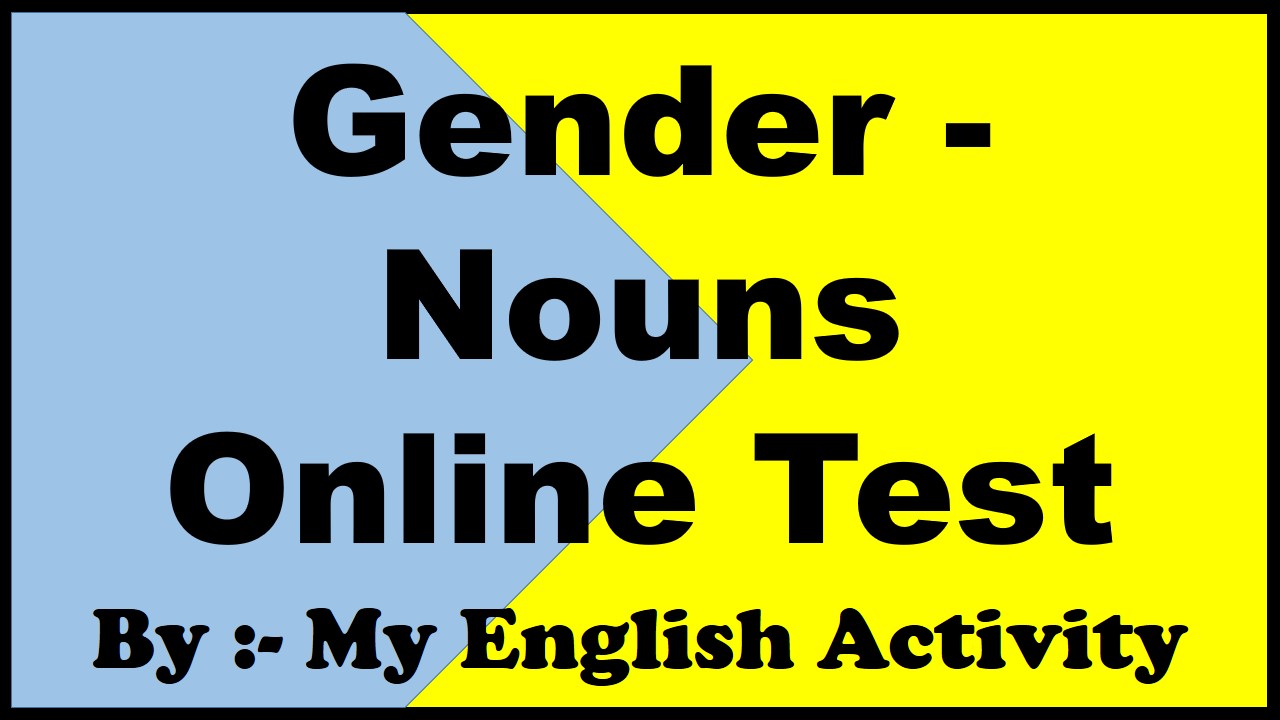Read the given information first and then solve the Online Quiz.
खाली दिलेली माहिती अगोदर वाचा. व मग Online Quiz सोडवा.
Infinitive :-
Some times the form of verb in a sentence names the action but does not change according to tense, number or person. Such a form is known as a non finite form or an infinitive. An infinitive is used with or without ‘to’.
काहीवेळेस वाक्यातील क्रियापदाचे रुप हे कृती दाखवत असते मात्र ते काळ, वचन व लिंग या प्रमाणे बदलत नसते. अशा रुपास Infinitive असे म्हणतात. Infinitive चा वापर हा ‘ to ‘ सोबत किंवा ‘ to ‘ शिवाय ही केला जातो.
पुरुष अगर वचनाप्रमाणे न बदलणारे to युक्त क्रियापदाचे मूळ रूप म्हणजेच Infinitive होय. वाक्यातील मूळ क्रियापद सोडून आलेल्या क्रियापदापूर्वी to लावले जाते.
Examples :-
1) The slaves were forced to work for their masters.
In this sentence ‘to work’ does not change with the subject or tense. या वाक्यामध्ये to work हा कर्ता किंवा काळानुसार बदलत नाही.
2) Sayali manages to slip even on dry land. या वाक्यामध्ये to slip हा कर्ता किंवा काळानुसार बदलत नाही.
3) The people came up and began to help her. या वाक्यामध्ये to help हा कर्ता किंवा काळानुसार बदलत नाही.
4) It can grow as big as a pillar supporting the sky.
In this sentence ‘can’ is an auxiliary so ‘grow’ does not change with the subject or tense. या वाक्यात can हे सहाय्यकारी क्रियापद असल्याने grow हे कर्ता किंवा काळानुसार बदलत नाही.
5) Unity is a very important quality and you must always maintain it. या वाक्यात must हे सहाय्यकारी क्रियापद असल्याने maintain हे कर्ता किंवा काळानुसार बदलत नाही.
Find the Infinitive from the following sentences. खालील वाक्यातील Infinitive ओळखा.

